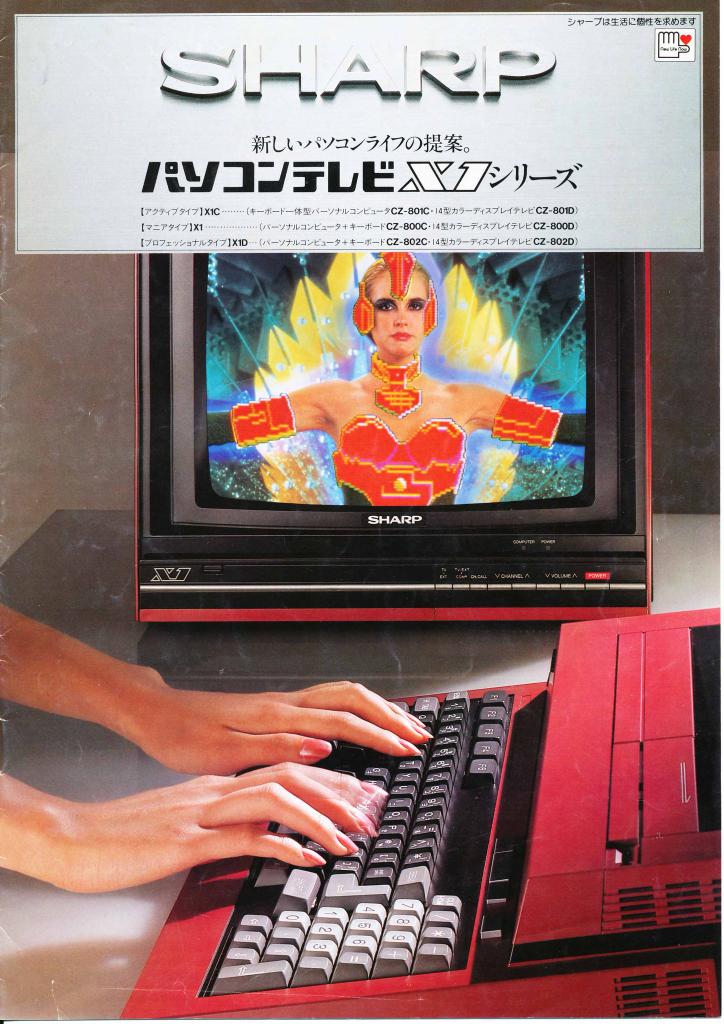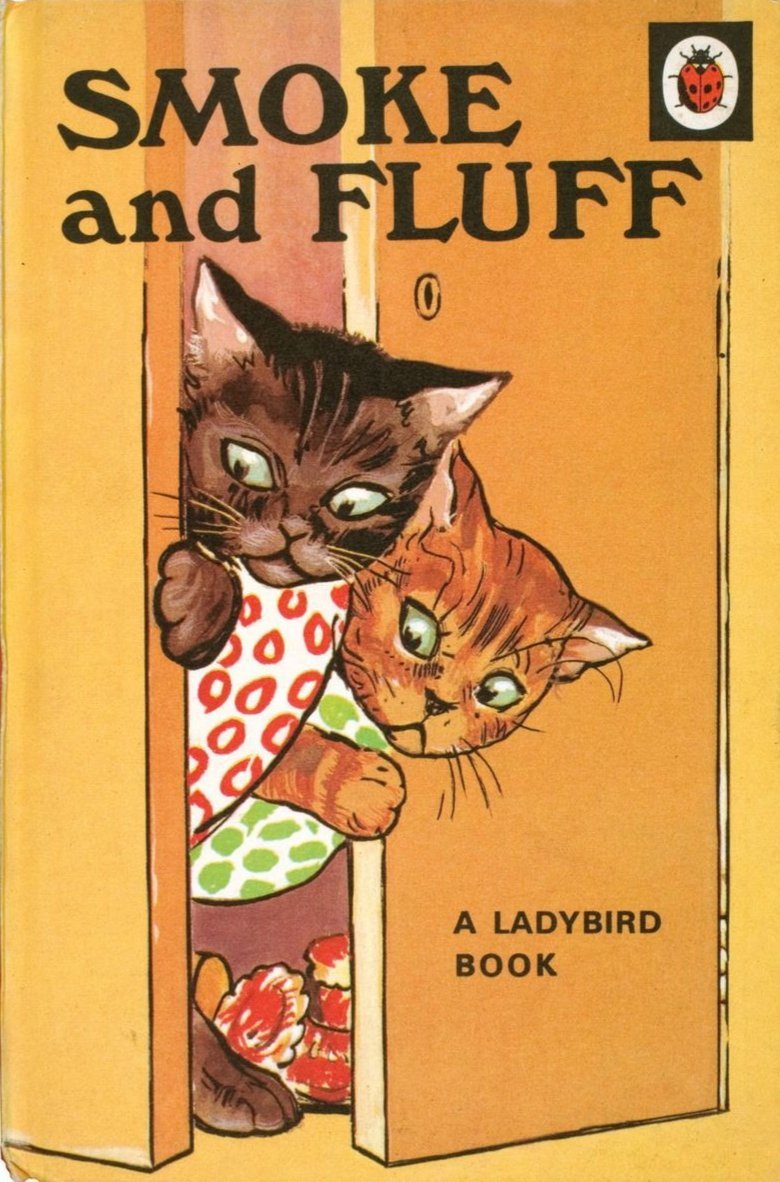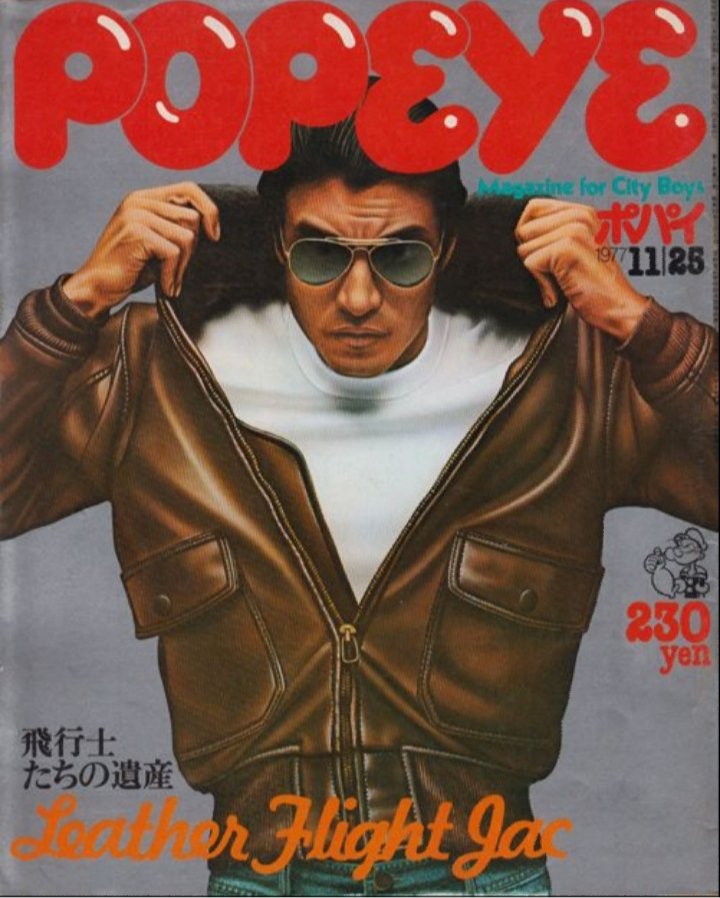
Today in pulp I look back at New Zealand's home-grow microcomputer, the 1981 Poly-1!
Press any key to continue...
Press any key to continue...

The Poly-1 was developed in 1980 by two electronics engineering teachers at Wellington Polytechnic, Neil Scott and Paul Bryant, who wanted to create a computer for use in New Zealand schools. Education Minister Merv Wellington liked the idea and gave it the green light. 

Backed by government finances, and in partnership with Progeni Computers, Polycorp was formed in 1980 to began work on the prototype for the official Kiwi school computer.
It was an interesting approach...
It was an interesting approach...

Having an educational computer designed by an educational establishment was a novel idea: up to 50 engineers and students at Wellington Polytechnic took part in the Poly-1 development programme. The results were impressive. 

The Poly-1 was high spec for 1981, with colour graphics and 64k of RAM neatly packaged in an all-in-one fiberglass case with carrying handles and integrated CRT monitor. It even came in different colours. It was the iMac of its day. 

However the Government rowed back on its pledge to buy 1,000 units for NZ schools. Lobbying by business interests who wanted a free market in school computers also hamstrung the project. But at least the Australian Defence Force invested in it. 

A Poly 2 and a Poly C (for the Chinese market) were later developed, but by then the IBM-PC had become dominant and the Poly was sadly discontinued in 1989. 

The Poly Preservation Project proudly keeps the memory of the Poly-1 alive, as well as curating its history. Do take a look: cs.otago.ac.nz/homepages/andr…
So farewell Poly-1: you were indeed the future once...
So farewell Poly-1: you were indeed the future once...

• • •
Missing some Tweet in this thread? You can try to
force a refresh
























